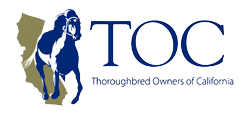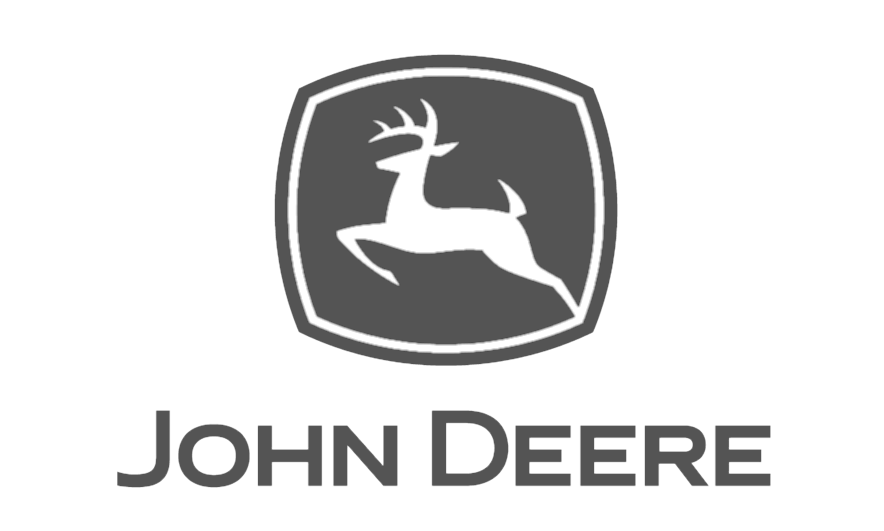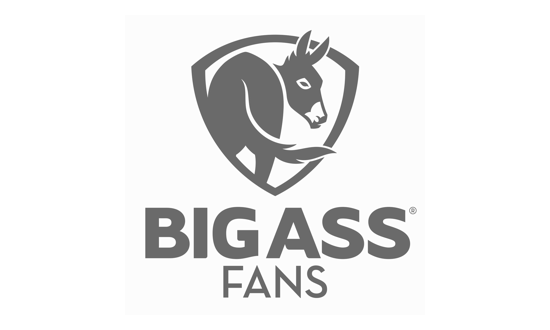By Steve Wood
As a track superintendent, my main function is to achieve a consistent, safe, and fair racing surface. It sounds simple, and most people assume that it is. However in the 24 years I’ve done this type of work, I have come to realize how many things can go wrong.
Many factors can affect the daily track condition; some obvious and some not so obvious. For instance, the weather, employees, day-to-day traffic, soil composition, etc., all affect track condition and ultimately the work that must be done to the racing surface.
To assist owners in understanding some of the concerns we have as track superintendents and how we go about dealing with those concerns, I have attempted to identify some of the more common factors affecting and procedures we use to control track condition.
Soil Materials
Generally speaking, we try to monitor soil composition so as to maintain greater control of the racing surface. Monitoring includes testing the soil on a biweekly basis. The tests are designed to ensure that track material size, though varied, is balanced.
Too much of one diameter-sized material can result in a track surface becoming much too firm. However, if the soils material diameters become uneven, horses will have a difficult time getting hold of the racing surface.
Maintenance Procedures
The basic theory underlying track maintenance procedures on the West Coast is “rip and rotoill”. This procedure basically consists of digging up the surface of the track six inches, rolling it back down before watering, and harrowing.
The reason we “rip and rotoill” is that generally California has clay-based tracks which have a tendency to become hard and uneven. By ripping and tilling through the cushion (top three inches of soil) and into the base (bottom three inches of soil), we can essentially maintain a uniform and safe surface on a daily basis, regardless of the amount of training or racing occurring on any given day.
The primary objective is to provide the horse’s foot with a cushioned surface. The “cushion” hopefully prevents a horse’s foot from coming to a sudden, jarring stop on impact. This is accomplished by laying a series of small pads of semi-compacted materials below the surface. The cushion is important when you consider a horse’s foot force when traveling at full speed is 5000 pounds per square inch. A proper cushion enables recoil or lift as the horse’s foot goes forward. When done properly, track maintenance can extend the career of many horses.
The condition or composition of the soil is not the only thing that must be considered. The soils need air in order to avoid being too dense. Too much water eliminates the air space between soil materials and retards the track’s load-bearing capacity. Conversely, too little water will prevent soil materials from holding together sufficiently which will cause a horse to have a hard time “getting hold” of the track.
When soil composition causes the recoil to become too quick, the cushion does not sufficiently absorb the shock that will be felt up the horse’s leg. Again, if the soil materials are too wet, deep or not handled properly the track recoils too slowly, causing a horse to labor and increases the risk of injury.
As I said earlier, a properly maintained track allows a horse’s foot to come to a slow, gradual stop while providing lift as the foot extends forward. I stress the term “properly maintained” because if any component of the maintenance program is overlooked, the track will not be consistent.
Watering and Grading
The majority of our tracks in California spend a large portion of the night preparing the surface for the next day. Preparation includes watering. Our tracks absorb about 30,000 gallons of water daily. The water trucks are constructed with a long arm on the rail side so as to avoid driving directly over that portion of the track where the horses are likely to run.
We grade daily due to the fact that the track is sloped and banked for drainage, as well as cambered to help the horses negotiate the turns. Track materials have a tendency to shift to the inside, which can also create an uneven surface. Constant grading is necessary to control these materials and the ever-changing environmental conditions.
Practical Experience
As I said in the beginning, a track superintendent’s job is to create a safe, fair, and consistent surface. This is very difficult to do properly. Unfortunately there are no books about this subject, nor is there a school at which one can learn how to excel in this type of work. The only means by which we learn these principles is by practical, on the job experience. Track maintenance is not an exact science.
In most cases, a good trackman develops a “feel” for when a track is right. It is similar to the trainer who develops a “fee” for when a horse is ready to run a great race. This level of experience or intuition is unquestionably the hardest part of a track superintendent’s job. The ability to create a safe, consistent racing surface is impossible to teach.
As a final thought, let me add that I am pleased to say that is profession has been good to me, and I have enjoyed working with the horses and people associated with racing in Southern California. I have learned over the years that although it is not always possible to please all of the horsemen all of the time, it is, nonetheless, quite gratifying to watch the horses finish a race or training session without incident. This I consider to be the most important of my objectives.
Mr. Wood is a former track superintendent for Oak Tree, Del Mar, and Santa Anita race meets.






